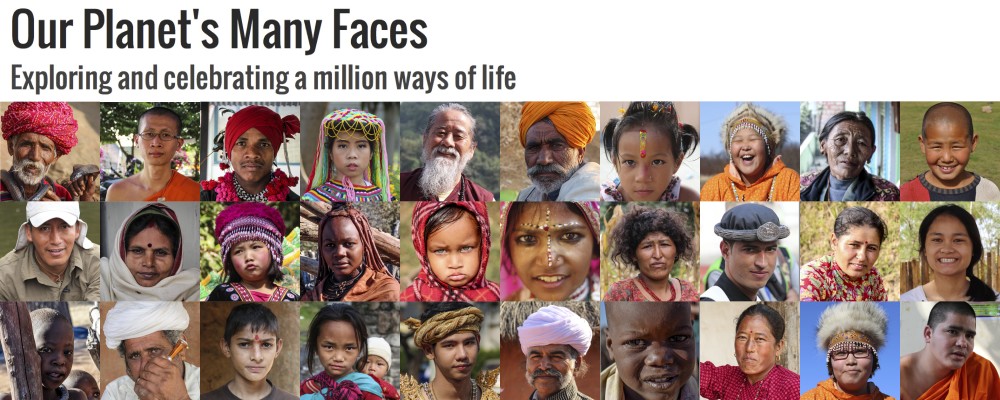It’s a beautiful, sunny Friday afternoon in Auckland, New Zealand. The Auckland University of Technology’s campus is slowing down as the weekend nears. Yet one classroom, a large computer lab, is buzzing with energy, enthusiasm, and creativity as a dozen young Māori students exchange ideas for short film productions. They are second year students in AUT’s Maori Media program, instructed by Dr. Ella Henry and Robert Pouwhare, and they are on a pathway of cultural, language, and technological exploration.
It is one effort among many seeking to empower Māori youth, revitalize Maori language and culture, and help students establish a sense of cultural identity.
Looking at Yesterday to understand Today’s Māori Youth
Dr. Ella Henry, Senior Lecturer at the Auckland University of Technology, describes the impacts that colonization has had on today’s Māori people, and the positive impacts the Māori renaissance has had on today’s Māori youth. (Video by Victoria Nechodomu/Nechodomu Media)
According to Henry, it is important to take history into account to understand who the Māori are today. The Māori have a long, complex history with the impacts of colonization, the confiscation of their lands, and the stripping of their language and culture. The end result: a group of people who struggled socially and culturally.
“By the post-war era, Māori in New Zealand were more likely to be underemployed, undereducated, in the lowest socio-economic groups, highly represented in criminal statistics, mental health issues, substance abuse issues,” explains Henry.
This led to the Māori renaissance in the 1970s and 80s, an era of activism and protests for Māori rights, and social and cultural acceptance in New Zealand. It led to a Māori language education system and to public Māori media outlets.
“Only a hundred years ago, it was assumed Māori would cease to exist,” explains Henry. “We were literally on the verge of extinction as a race, and we have had to, as a people, work extremely hard over the past 100 years.”
The end result is today’s youth: a group of students with stronger language and cultural backgrounds, who Henry believes are more culturally prepared to advance into the future and make meaningful contributions.
Language and Culture Revitalization through Media
Dr. Ella Hery and Rober Pouwhare describe how ebooks, media, and screen production is used at AUT to tell culturally relevant stories. (Video by Auckland University of Technology)
According to Henry, the Maori Media program at AUT, “focuses on not only strengthening the students’ language and cultural identity, but also introducing them to digital technology and new media and ways that they can use those technologies that better tell stories that reflect who and what they are as Maori.”
The screen production project is just one among the various media-themed projects students create throughout the program.
“We want our graduates to embrace that new technology, to feel comfortable in it, and to be the masters of it when it comes to being Māori, telling Māori stories, conveying Māori images, in a true and authentic and empowering way,” Henry explains.
A Better Outlook for Future
Henry is proud that some of the AUT graduated students are participating in media industry careers. However, the objectives of the program are not only measured in industry standards. Henry also believes that the strengthening of cultural identity in Māori youth is also crucial.
“There’s a huge amount of well-recorded data over decades, if not hundreds of years, about the critical importance of identity as a key element in wellbeing—not just cultural wellbeing, but social and physical wellbeing,” she explains. “If we are confidant in who we are, we are more likely to take risks, to not fear failure, to be innovative and entrepreneurial and adventurous.”
When Henry observes the trends in Māori communities, she is happy with the growth she sees.
“I think we’re in good heart now. We are 15% of the population, whereas over a hundred years ago we were less than 5%. We are more likely to become engaged politically, socially, and culturally than at any time in the last 100 years. All of the symptoms point to the Māori people becoming healthier and finding a level of self-determination,” Henry concludes.
Learn More:
- Find out more about the Faculty of Māori and Indigenous Development and the Māori Development—Māori Media Program at the Auckland University of Technology.
- Read some of Dr. Ella Henry’s publications and view some of her YouTube
- Check out Tangata Whenua Television, for which Robert Pouwhare is executive producer and director.
